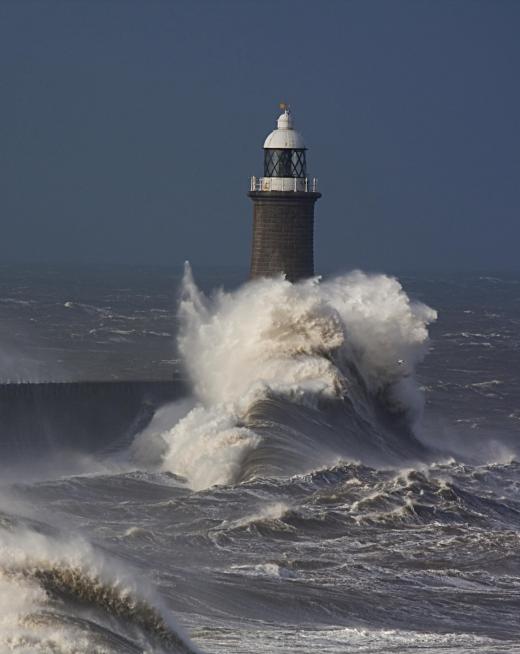A long, sturdy column driven into the ground to support a load is known in construction as a pile. When at least one plate is attached to the column in a helical fashion and the pile is twisted into the ground rather than pounded, the pile is specifically referred to as a screw pile. Whereas conventional piles are driven into the ground much like nails are pounded into a block of wood, screw piles are turned into the ground much like screws are turned into a block of wood.
Originally made of cast iron or wrought iron, screw piles are now most commonly made of steel. The strength of a screw pile depends in part on the number of plates attached to the column as well as the diameters of the plates and the shape and length of the column itself. A screw pile helps transfer the downward force to which it is subjected into the surrounding soil, so its load-bearing capacity also depends on the physical characteristics of the soil and the depth at which it is anchored. Given the wide variability in soil characteristics from one location to another, screw piles are designed with the specific local soil characteristics taken into consideration.

Built in the mid-1800s, the first screw piles primarily supported lighthouses in muddy or sandy soil on the coasts of England and Ireland. Lighthouses supported in this way are also sometimes referred to as screw pile lighthouses. The first such lighthouse was the Maplin Sands Lighthouse in the estuary of the River Thames on the southeast coast of England.

Screw piles have since come to be used in a number of other applications. They may be used as anchors for cell phone towers and for stabilization of sloped embankments, and they may support decks, fences, and boardwalks. Screw piles are also used as foundations for residential and commercial structures, in dock and pier designs, in flood control systems, to support utility poles, and even as a foundation for a rollercoaster.

Although it may initially cost more, there are a number of advantages to the use of a screw pile instead of conventional piling. Screw piles typically hold more load than conventional piles of comparable size. They can be installed in much smaller and more constricted spaces because the equipment needed to do the job is much more compact than that used for conventional pile driving. Installation of screw piles has much less environmental impact than installation of conventional piles, because no excavation is required and no tailings are produced in the installation process; the installation process also does not involve the noise and vibrations associated with conventional pile driving. This may be a particularly important consideration where local regulations limit noise disturbances or where nearby structures might be damaged by the vibration caused by conventional pile driving.
